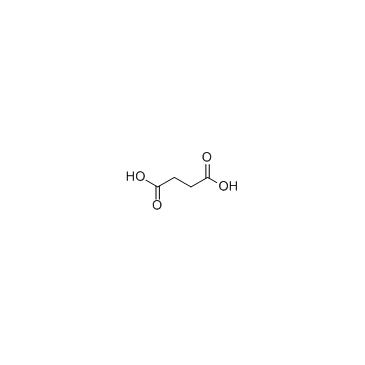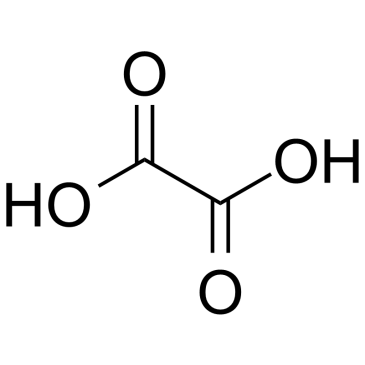Anemonine
Modify Date: 2024-01-12 07:26:18

Anemonine structure
|
Common Name | Anemonine | ||
|---|---|---|---|---|
| CAS Number | 508-44-1 | Molecular Weight | 192.17 | |
| Density | 1.45 | Boiling Point | 535.7ºC at 760 mmHg | |
| Molecular Formula | C10H8O4 | Melting Point | 157-158ºC | |
| MSDS | N/A | Flash Point | 300.7ºC | |
Use of AnemonineAnemonin (Pulsatilla camphor), a selective iNOS inhibitor, is also a PKC-θ inhibitor. Anemonin can significantly inhibit the translation or protein stability of PKC-θ protein. Anemonin also ameliorates dextran sodium sulfate-induced acute ulcerative colitis (UC) in mice. Anemonin can be used in the research of inflammation-related diseases[1][2]. |
| Name | 1,7-Dioxadispiro[4.0.4.2]dodeca-3,9-diene-2,8-dione |
|---|---|
| Synonym | More Synonyms |
| Description | Anemonin (Pulsatilla camphor), a selective iNOS inhibitor, is also a PKC-θ inhibitor. Anemonin can significantly inhibit the translation or protein stability of PKC-θ protein. Anemonin also ameliorates dextran sodium sulfate-induced acute ulcerative colitis (UC) in mice. Anemonin can be used in the research of inflammation-related diseases[1][2]. |
|---|---|
| Related Catalog | |
| References |
| Density | 1.45 |
|---|---|
| Boiling Point | 535.7ºC at 760 mmHg |
| Melting Point | 157-158ºC |
| Molecular Formula | C10H8O4 |
| Molecular Weight | 192.17 |
| Flash Point | 300.7ºC |
| Exact Mass | 192.04200 |
| PSA | 52.60000 |
| LogP | 0.48380 |
| Index of Refraction | 1.61 |
CHEMICAL IDENTIFICATION
HEALTH HAZARD DATAACUTE TOXICITY DATA
|
| Precursor 0 | |
|---|---|
| DownStream 3 | |
| 1,7-Dinitro-naphthalin |
| 1,7-dinitro-naphthalene |
| 1,7-dioxa-dispiro[4.0.4.2]dodeca-3,9-diene-2,8-dione |
| Naphthalene,1,7-dinitro |
| 1,7-Dioxa-dispiro[4.0.4.2]dodeca-3,9-dien-2,8-dion |
| Anemonine |
 CAS#:502-50-1
CAS#:502-50-1 CAS#:110-15-6
CAS#:110-15-6 CAS#:144-62-7
CAS#:144-62-7